
Promoting better understanding, treatment of traumatic brain injury
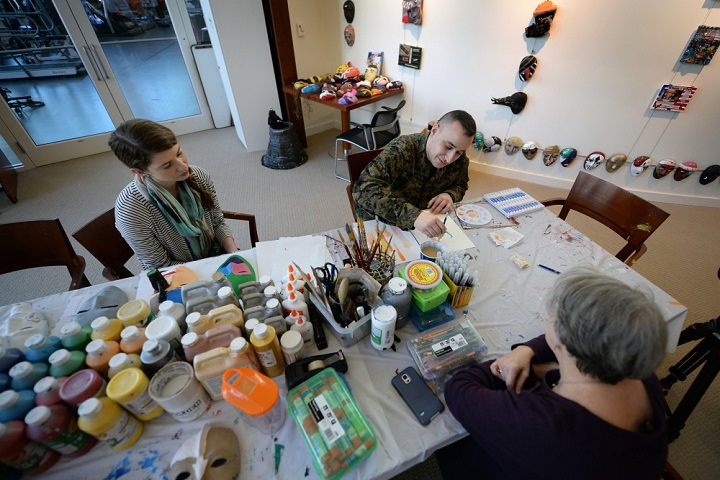
Marine Corps Staff Sgt. Anthony Mannino performs Art Therapy as part of his Traumatic Brain Injury (TBI) treatment and recovery. Art Therapy Interns, Adrienne Stamper (left) and Nancy Parfitt instruct and work with Mannino as he receives his art therapy. The therapy is conducted at the National Intrepid Center of Excellence, Walter Reed National Military Medical Center located in Bethesda, Maryland. (Department of Defense photo by Marvin Lynchard)
Traumatic brain injuries continue to be a top focus in the Defense Health Agency. According to the Defense and Veterans Brain Injury Center, or DVBIC, more than 380,000 service members have been diagnosed with a TBI since 2000. The majority of the incidents have occurred in noncombat events including training accidents, falls, motor vehicle collisions, and sports-related activities.
TBIs are categorized as mild, moderate, severe, or penetrating. They occur when a blow or jolt to the head disrupts normal brain functioning. Mild TBIs or mTBI, also known as concussions, are the most common TBI among military members, DVBIC says. Full recovery is usually expected within days or weeks, but mTBIs can cause cognitive and emotional issues, such as temporary memory gaps, slowed thinking, irritability, and depression.
Further, research has shown that repeated head trauma may increase the risk of developing Alzheimer's disease and Parkinson's disease, and also may lead to brain degeneration known as chronic traumatic encephalopathy.
Here's a look at some activities this year that were related to promoting better understanding and treatment of TBI:
The U.S. Army Medical Research and Materiel Command began limited user testing of a blood test for brain trauma. The Army and the Department of Defense funded the research that led to the development of the test, called a brain trauma indicator. The BTI identifies two brain-specific protein markers that rapidly appear in the blood and are elevated 12 hours after a head injury occurs.
"When these proteins are elevated, there may be blood in the brain,” said Kathy Helmick, DVBIC deputy director. This could be an indication of a more serious brain injury, she said, and would require rapid intervention, such as neurosurgery to remove a blood clot.
The Air Force opened its first Invisible Wounds Center at Eglin Air Force Base, Florida. The facility serves as a regional treatment center for TBI as well as associated pain conditions and psychological injuries. With a team of 18 specialties under one roof, the center combines conventional and complementary therapies to provide treatment that's individually tailored to each patient as well as holistic and integrated.
“The center is ready to treat retirees, Guard, Reserve, and active duty members from our sister services who carry the weight of invisible wounds,” said Lt. Gen. Dorothy Hogg, the Air Force surgeon general. “Our goal is to eliminate barriers to care. We want to treat our service members with dignity through every phase of their recovery.”
During this year's Military Health System Research Symposium, a researcher at Indiana University was recognized for his work advancing the biological understanding of head impacts that don't produce clinical symptoms of mTBI. Keisuke Kawata, Ph.D., of the Department of Kinesiology, School of Public Health, Indiana University, received the first-place award in the Young Investigator Competition for his study, “Association of Increased Serum S100B Levels with High School Football Subconcussive Head Impacts.”
Pilot Program on Investigational Treatment of Members of the Armed Forces for TBI and PTSD
Congressional Testimony
10/9/2018
HR 3304, NDAA for FY 2014, Sec. 704
Labyrinth: This path is made for mindful walking
Article
9/27/2018

NICoE uses ancient symbol to promote healing
Air Force's first Invisible Wounds Center opens
Article
9/10/2018

The center will serve as a regional treatment center for post-traumatic stress, traumatic brain injury, associated pain conditions and psychological injuries
Healthy sleep for healing
Article
8/7/2018
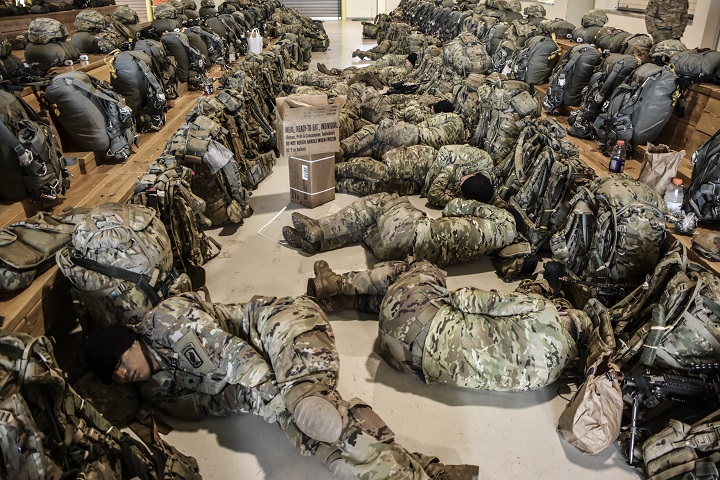
We know how to treat bad sleep
For children who get concussions, brain rest is best
Article
4/19/2018
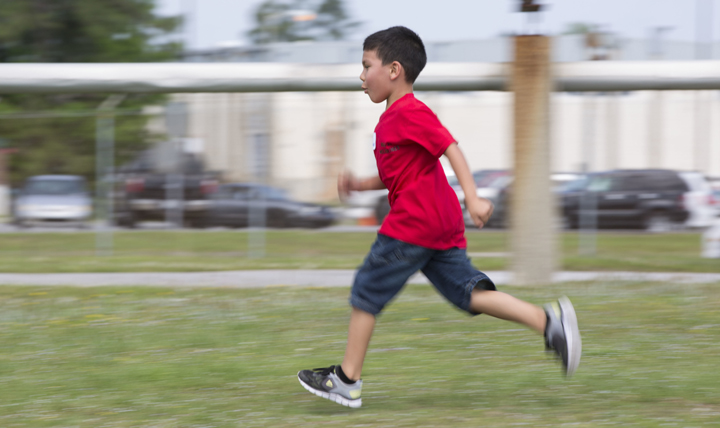
Most recover fully, but it may take longer to heal
Identification of brain injuries in deployed environment surged after enactment of DoD policies
Article
3/27/2018

Researchers compared the number of TBIs before and after introduction of new policies aimed at screening for and identifying deployment-related TBIs
The relentless winter poses risk for head injuries
Article
3/21/2018
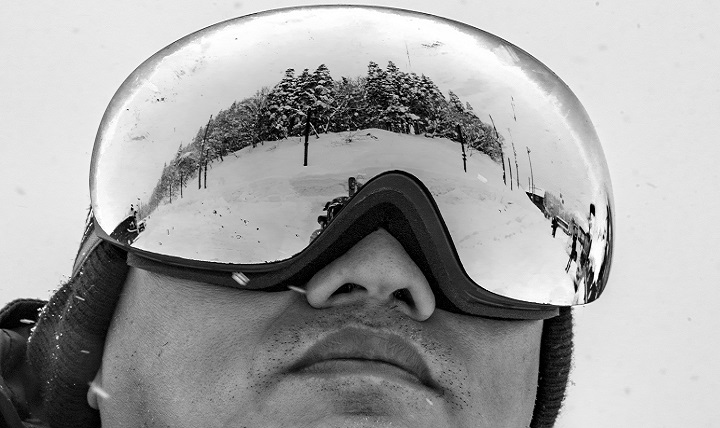
Whether snowboarding or walking on an icy sidewalk, winter conditions and sports can pose an increased risk for traumatic brain injuries
First-ever blood test for detecting brain injury cleared by FDA
Article
3/15/2018
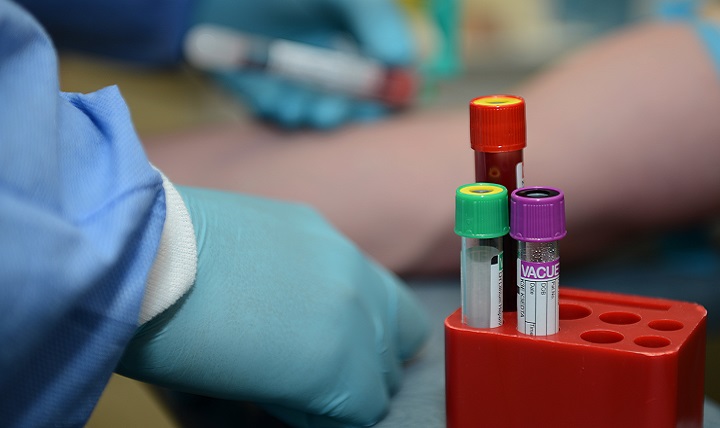
Research funded by the DoD and U.S. Army breaks ground on brain injury diagnostics
Defense and Veterans Brain Injury Center Celebrates 25 Years
Video
3/12/2018

Katherine Helmick, DVBIC acting national director, discusses DVBIC achievements and goals to advance service members' health care. DVBIC honors 25 years of military health care by continued dedication to research and treatment of traumatic brain injury.
Traumatic Brain Injury and the Art of Paddling
Article
3/7/2018

A U.S. Army veteran’s recipe for embracing life after several TBIs
Brain Injury Awareness Month - Videos spotlight military TBI champions
Article
3/5/2018
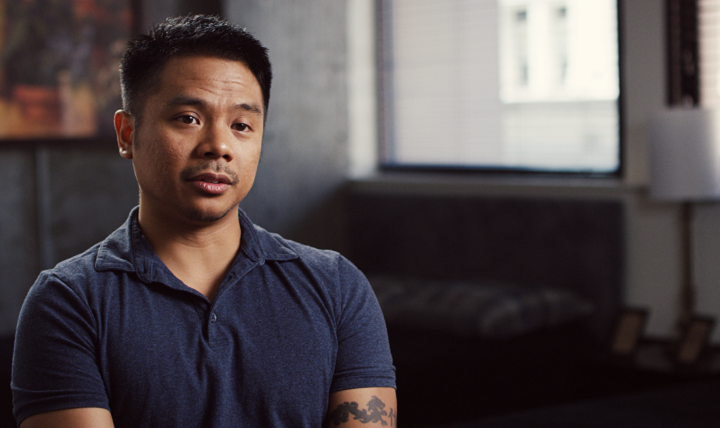
During Brain Injury Awareness Month and beyond, we want our military community to know that recovery from a TBI is possible
Invisible wound, visible effects: TBIs need medical help – and the sooner, the better
Article
12/13/2017

The road to recovery for a traumatic brain injury starts with an evaluation. Regardless of severity or cause, all TBIs require medical attention, experts warn.
Doctors use cutting-edge research at Navy hospital
Article
12/6/2017
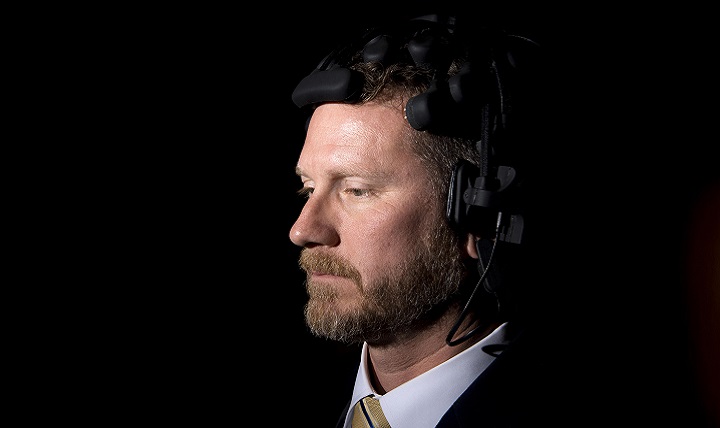
The Navy is developing and using cutting-edge research to better help service members, their family members and retirees
Brain injury sufferers find benefits in music therapy program
Article
11/17/2017
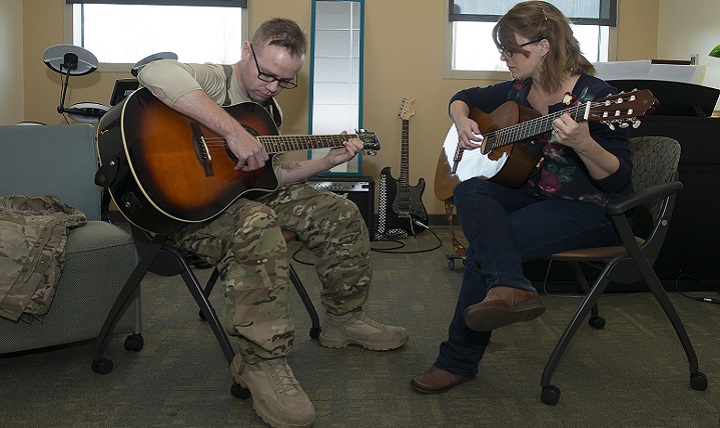
For people with TBI, music therapy can be instrumental to rehabilitation
Centers of Excellence align under Defense Health Agency
Article
11/1/2017
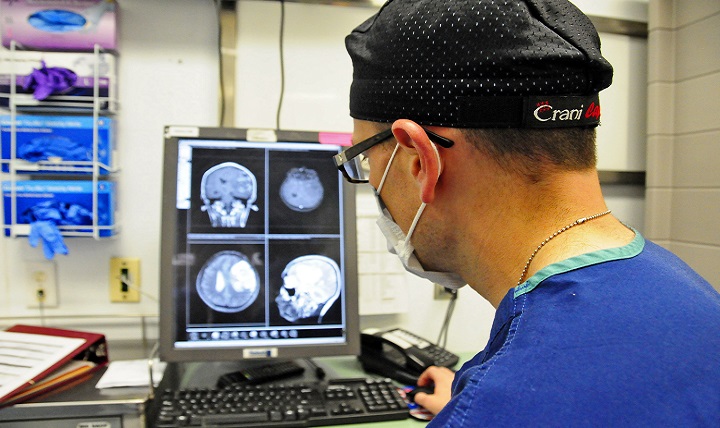
The Defense Centers of Excellence for Psychological Health and Traumatic Brain Injury (DCoE) began realignment under the Defense Health Agency Oct. 1 as part of the ongoing Military Health System transformation






















.png)











No hay comentarios:
Publicar un comentario